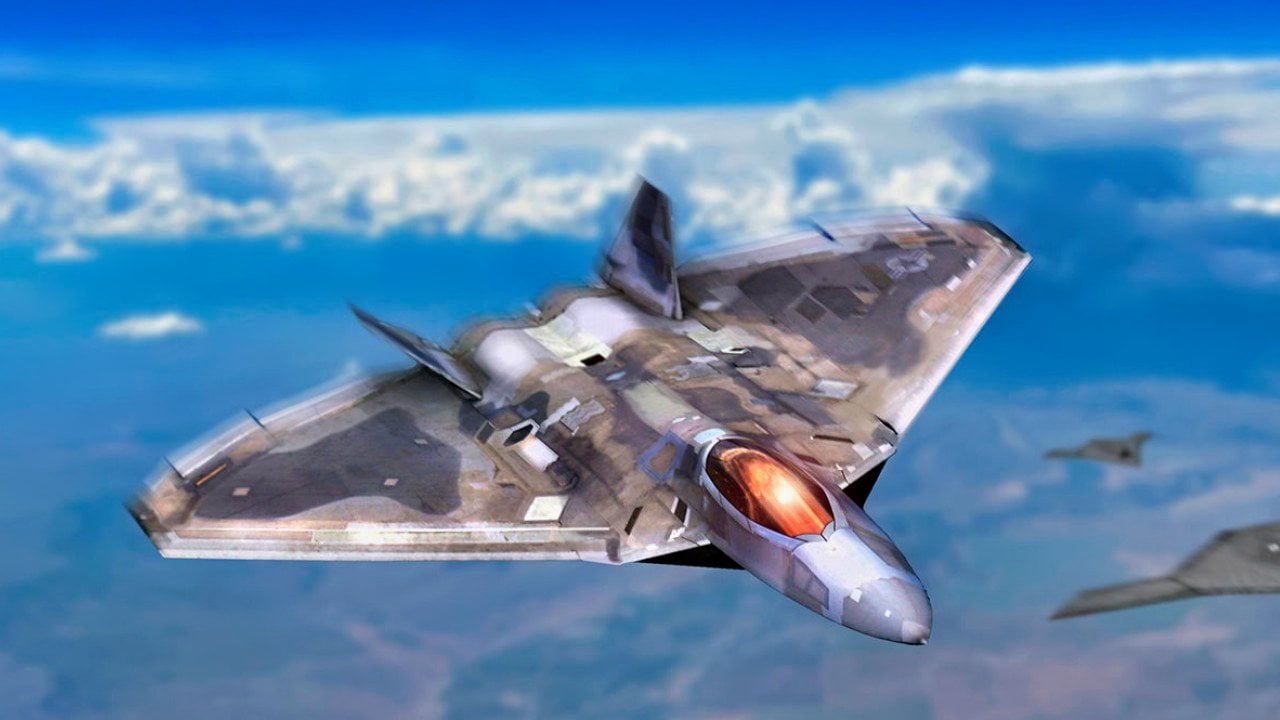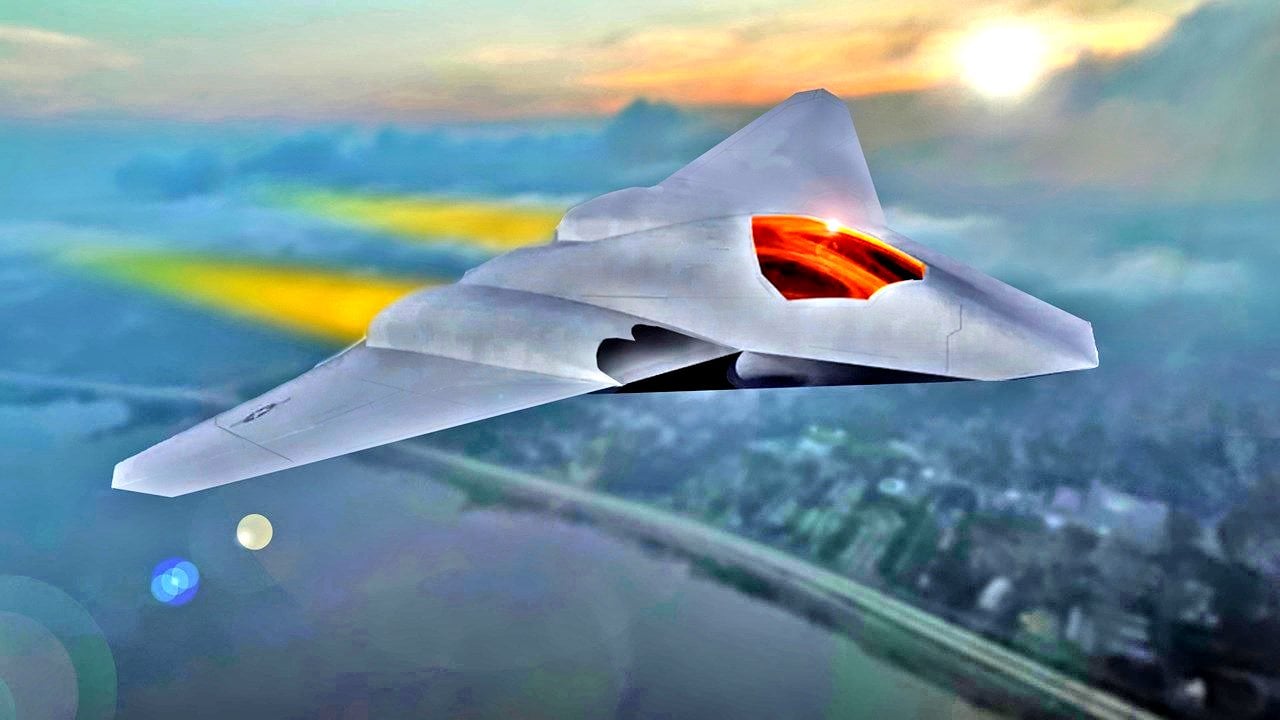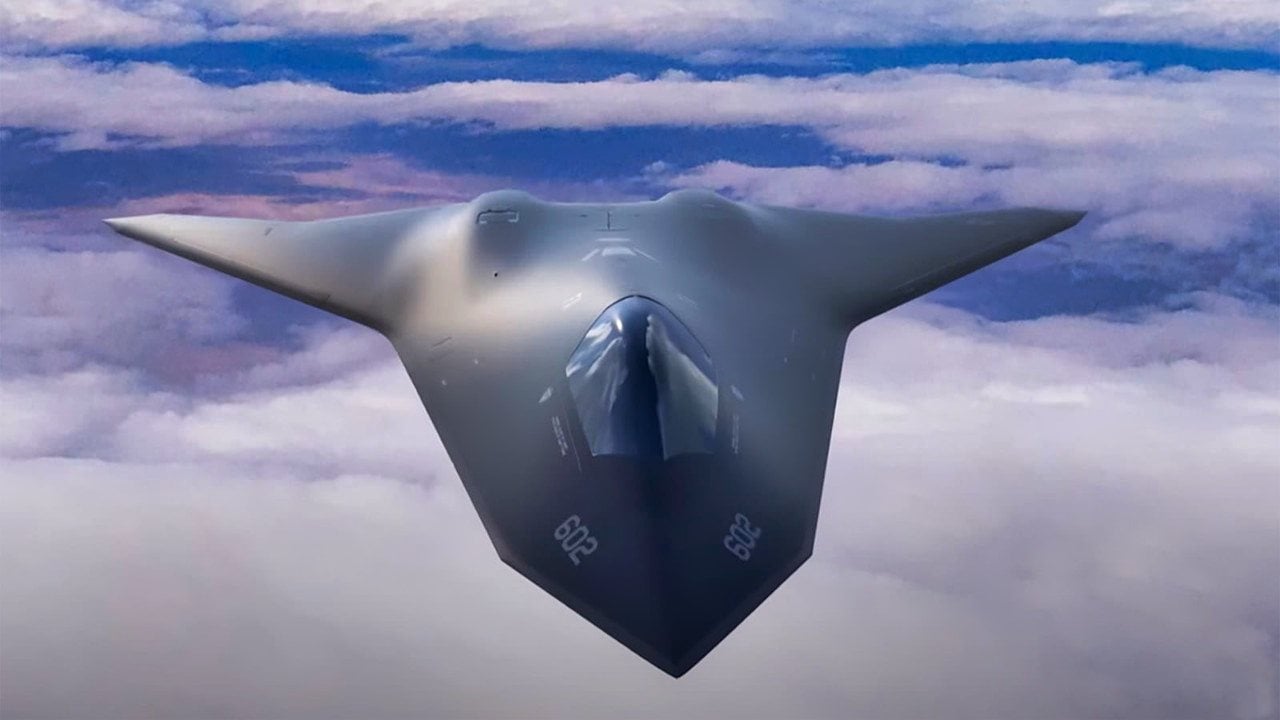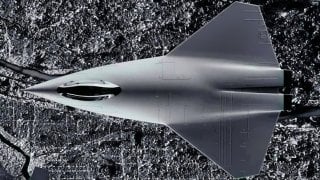Too Expensive? The Air Force Has 'Paused' NGAD 6th-Generation Fighter
The U.S. Air Force has announced a pause in its Next Generation Air Dominance (NGAD) program, which aims to develop a sixth-generation fighter jet.
Summary and Key Points: The U.S. Air Force has announced a pause in its Next Generation Air Dominance (NGAD) program, which aims to develop a sixth-generation fighter jet.

-Air Force Secretary Frank Kendall emphasized that while the fighter platform's development is paused, other elements of the air dominance system, such as the Collaborative Combat Aircraft (CCA) drone program, will continue. The decision comes amid concerns over the NGAD's high costs, which are expected to reach "multiple hundreds of millions" per airframe.
-The pause allows the Air Force to reassess the program’s design and necessity before proceeding with further development.
NGAD: Why the Air Force Is Pressing Pause on Its Next-Gen Air Dominance Fighter
Yesterday, the US Air Force announced that it will be “taking a pause” from the Next Generation Air Dominance (NGAD) program.
This news makes sense intuitively; the development of a sixth-generation fighter may seem exceedingly proactive, as no other world power can be reliably capable of matching America’s fifth-generation platforms.
However, the American taxpayer is still bruised from cost overruns on the F-22 and F-35 projects, so this demographic will likely be glad to hear that the Air Force is stepping back with NGAD to get things right, rather than plodding ahead unrestrained.
NGAD 6th Generation Fighter: Why the Pause?
“We’re taking a pause there,” said Air Force Secretary Frank Kendall. “With the platform itself, we’re taking a pause. With the rest of the elements of the air dominance family of systems, we’re moving forward as fast as we can.”
Exactly what elements of the air dominance system Kendall was referring to is not clear. Presumably, Kendall meant the Collaborate Combat Aircraft (CCA) – the autonomous drone system expected to serve as a “wingman” to the NGAD’s crewed aircraft.
Last week, the Air Force awarded contracts to five companies for the development of software to be used in the CCA. The award of multiple CCA contracts stands in stark contrast with the decision to pause the NGAD platform for which the CCA system is meant to complement – suggesting that the NGAD will proceed eventually.
Kendall did not offer specifics about how long the NGAD program will be paused, or even why this decision was made.
Kendall did say that Air Force officials would be “taking a few months right now to figure out whether we’ve got the right design and make sure we’re on the right course.”
Kendall also clarified that the NGAD program would merely be paused, and not outright canceled. “I’m absolutely confident we’re still going to do a sixth-generation crewed aircraft,” Kendall said, although he did acknowledge the possibility that a sixth-generation fighter could be unmanned. “There’s a chance it might be uncrewed…but I think we’re not quite ready for that. And we could always do something like an optional crewed platform.”
Cold Feet Over 6th-Generation Fighter Costs?
The NGAD’s costs were expected to be astronomical. Kendall said previously that each airframe would cost “multiple hundreds of millions.” Some have said it would cost around $300 million per airframe.

The reason for the exorbitant price tag: exhaustive research and development into the cutting-edge technologies that would comprise the airframe.
For example, the NGAD was expected to feature advanced adaptive cycle engines that could offer more power, improved fuel economy, improved heat regulation, and better loiter times – just generally an improved type of engine. Similarly, the NGAD was expected to feature improved radar absorbent materials and a sensor suite that rivaled or exceeded that of the F-35s.
Of course, developing all of these technology features is an expensive proposition. Given the cost, the need for the systems, in the field, needs to be pronounced. It's possible that the Air Force took their NGAD pause because the need for such urgent resource spending just wasn’t there at the moment. Yet, given the nature of military-industrial relations, given the expectancy of Boeing and Lockheed Martin, and given the efforts of China to improve their military capabilities, the NGAD program will likely resume in due time.

About the Author: Harrison Kass, Defense Expert
Harrison Kass is a defense expert with over 1,000 published articles. An attorney, pilot, guitarist, and minor pro hockey player, Harrison joined the US Air Force as a Pilot Trainee but was medically discharged. Harrison holds a BA from Lake Forest College, a JD from the University of Oregon, and an MA from New York University. Harrison listens to Dokken.
Image Credit: Creative Commons and/or Shutterstock.


